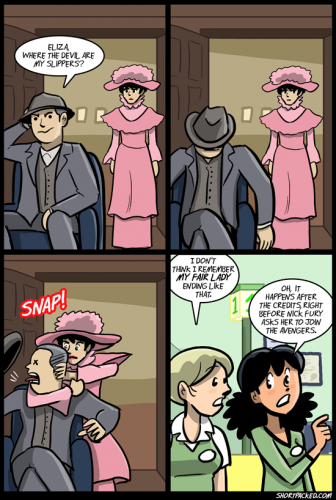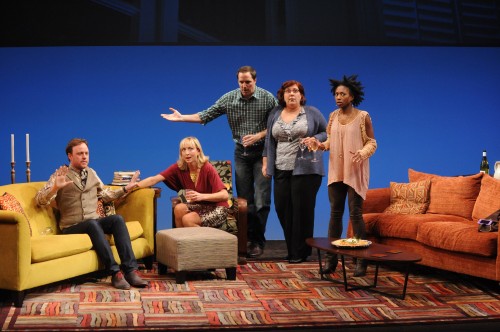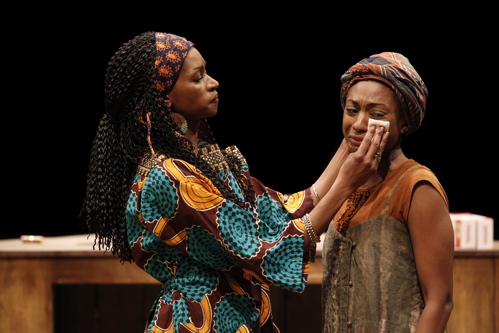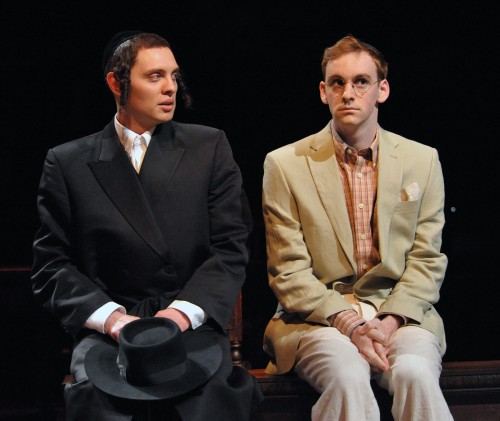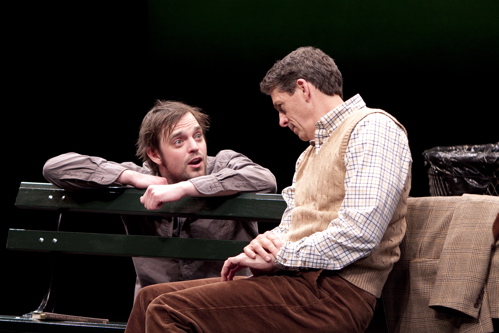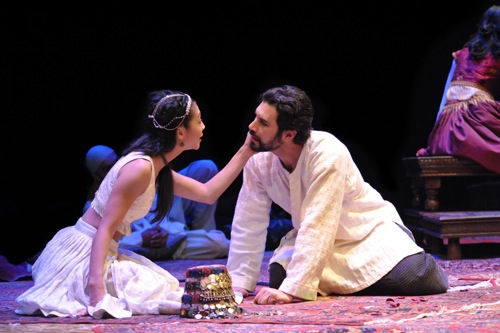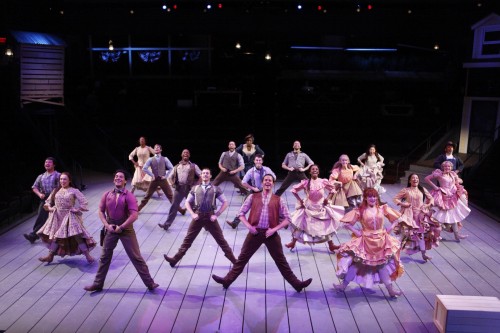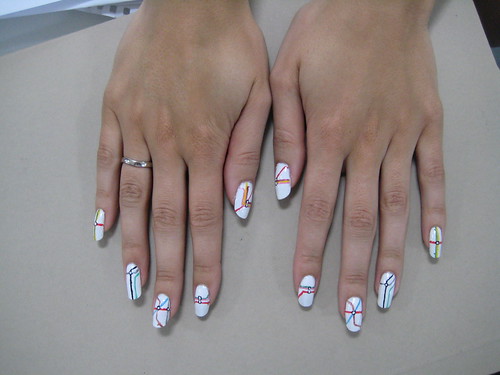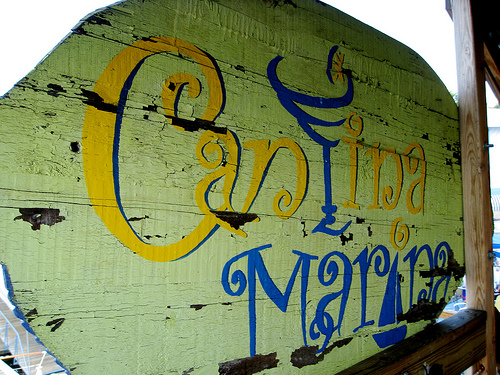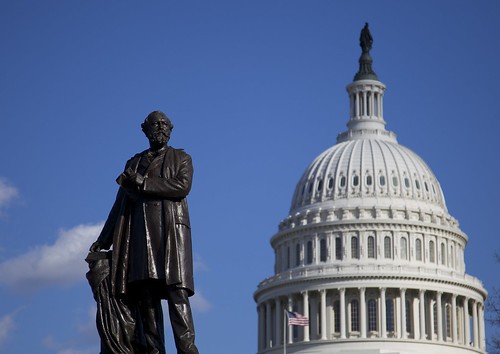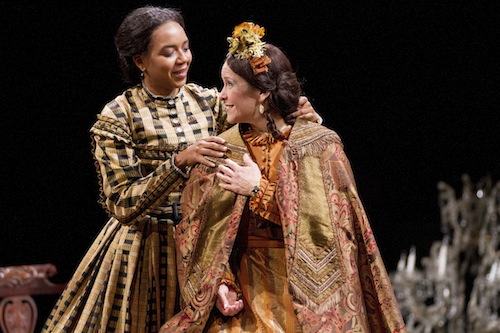
Sameerah Luqmaan-Harris and Naomi Jacobson in Arena Stage at the Mead Center for American Theater’s production of Mary T. & Lizzy K. Photo credit: Scott Suchman.
It’s hard to imagine in these days of cheaply manufactured clothes that there was once a time when getting a new outfit was a laborious and artistic process. Only in the worlds of high fashion or in the theater is the art of dressmaking still practiced to that level (and even there, machines have almost eradicated the particular craft of hand sewing). In the prudish Victorian era, no one knew your body more intimately than your dressmaker, from the crafting of a muslin mock-up perfectly fitted to your body to the execution of a dress that suited you alone.
Giving yourself that intimately to another person requires absolute trust, and that ultimately is the subject of Tazewell Thompson’s new play Mary T. & Lizzy K. The world premiere of a work commissioned between Thompson and Arena Stage, as the first production of Arena Stage’s American President’s Project its primary subject is the relationship of Mary Todd Lincoln (Naomi Jacobson) and her dressmaker Elizabeth Keckly (Sameerah Luqmaan-Harris). It can’t entirely escape the long shadow of the president, but it attempts to give two women who both suffered from marginalization (in two very different ways) their due.
It’s both gorgeously written and acted with a cool intellectualism that counterpoints the deep emotions that permeate any work to do with the Lincolns. Though the overall conceit – a prelude to that dreadful assassination night at Ford’s Theatre – may feel contrived, so indeed is a beautiful dress. Continue reading
